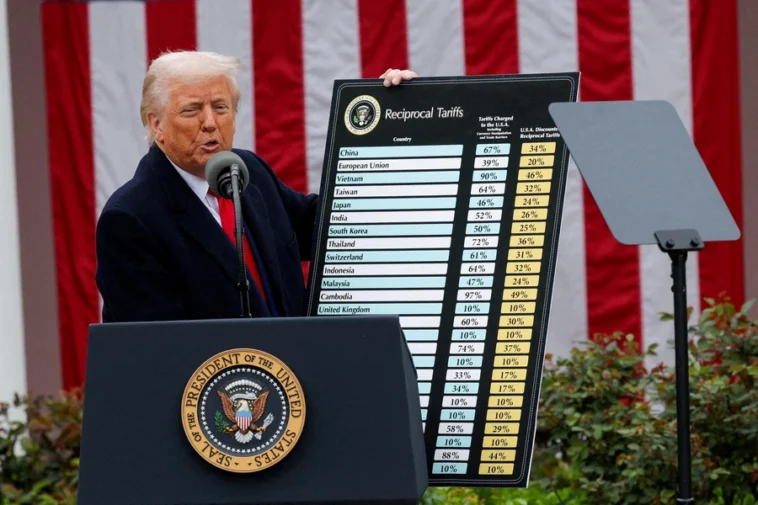The completion of several trade deals by the United States is imminent, with a timeline set to have increased tariff rates announced by the 9th of July, due for enforcement on the 1st of August. Since the start of his tenure, President Trump has instigated a worldwide economic conflict, resulting in financial markets being in turmoil and decision-makers racing to protect their economies. This protection often takes the form of trade deals with the US as well as other nations.
In April, Trump introduced a default tariff rate of 10 percent applicable to most nations, with additional tariffs reaching 50 percent, but then gave a temporary relief of three weeks until July 9, sparing the 10 percent duty. These augmented tariffs are set to come into effect on the first of August. He later declared that the US would begin dispatching tariff notices starting at noon on July 7.
In a separate legislative decision, Trump proposed an extra 10 percent tariff on countries endorsing the ‘anti-American’ policies of the Brics developing nations. He stated there would be no exceptions given. The initial Brics summit in 2009 saw the attendance of leaders from Brazil, China, India, and Russia, with South Africa joining at a later date. By 2024, Egypt, Ethiopia, Indonesia, Iran, Saudi Arabia, and the United Arab Emirates (UAE) were included.
On July 6, Brics leaders criticized attacks on Gaza and Iran, demanded revisions to global infrastructures, and cautioned that the surge in tariffs posed a danger to global trade. The potential impact of the tariff hazard on trade discussions with India, Indonesia, and other members of the Brics was not established right away.
It has been announced that the forthcoming days could shoot off a round of significant impact trade agreements. Commendations go to the European Union for making substantial headway in its negotiations. Simultaneously, letters of notice were planned to be delivered to 100 smaller nations, who do not carry a significant trade link with the US, advising them of raised tariff rates that were initially established on April 2, and then put on hold until July 9.
These countries will need to yield concessions to benefit from reduced tariff rates. The current administration is concentrating its efforts on 18 key trading allies, which are responsible for 95 percent of the US trade deficit. However, there’s been significant hesitance among nations while bringing trade agreements to fruition.
Hopes in the markets lean towards India finalizing a trade agreement, along with prospective progress within the EU. Meanwhile, skepticism clouds the likelihood of a deal with Japan. In a bid to dodge a hefty 36 percent duty, Thailand has expanded market access for both US agricultural and industrial goods, while simultaneously purchasing increased supplies of US energy and Boeing aircraft.
Anticipation builds as a mini-trade deal between India and the US is forecasted to be finalized in the next day or two. This could lead to average tariffs of around 10 percent on Indian products shipped to the US. This escalates pressure on countries to relocate production to the United States.

